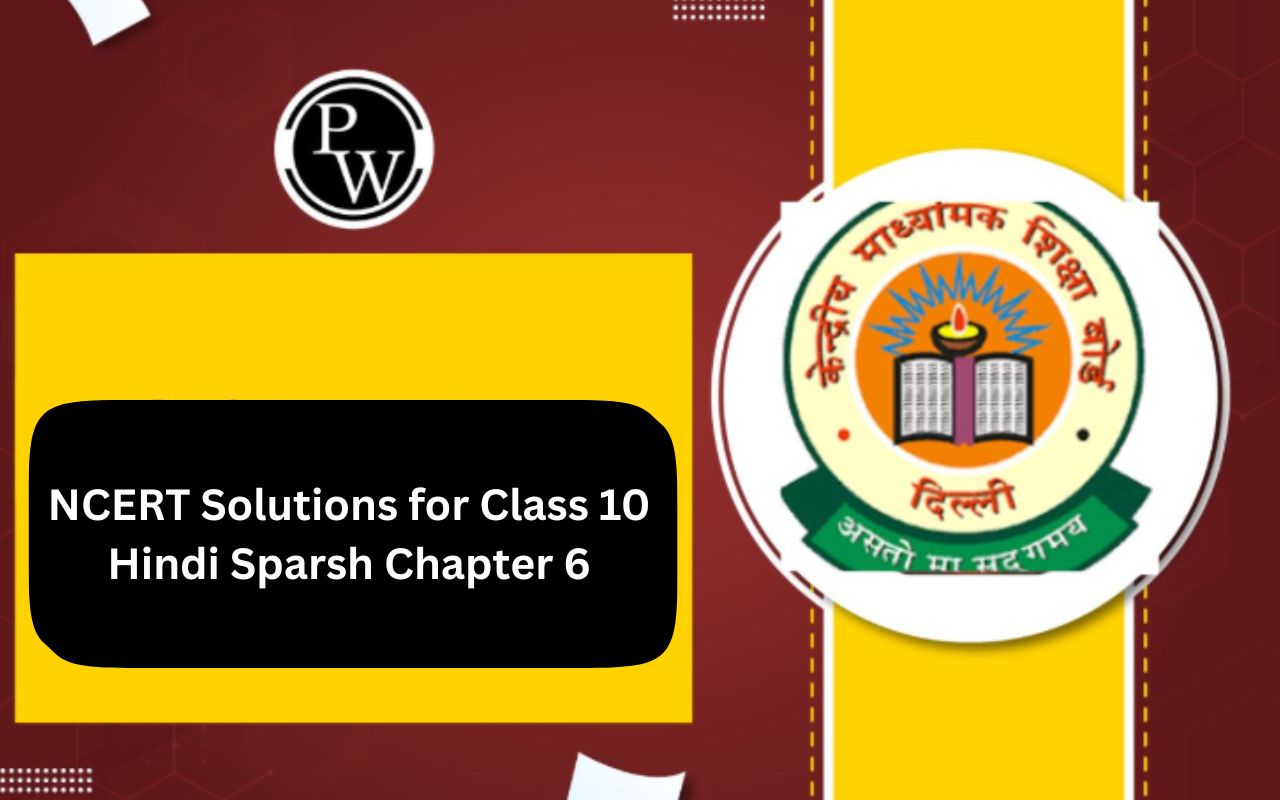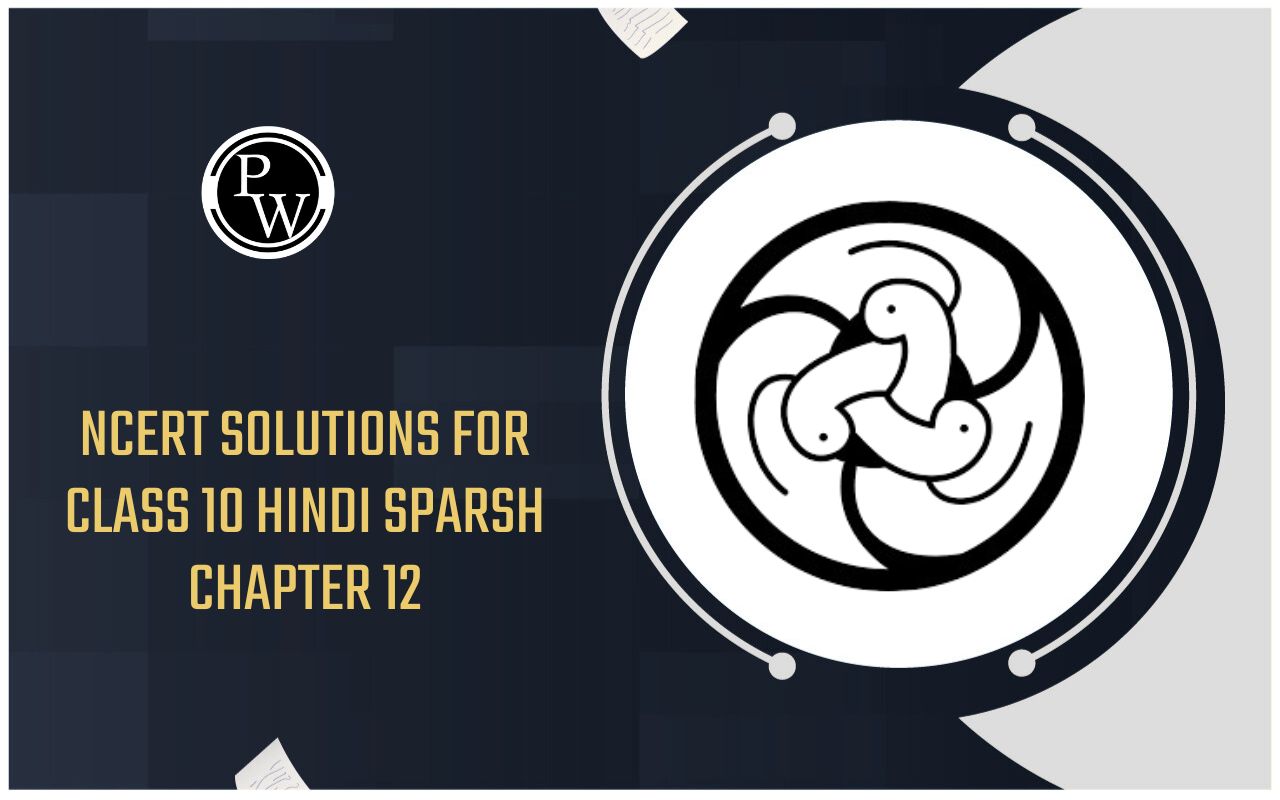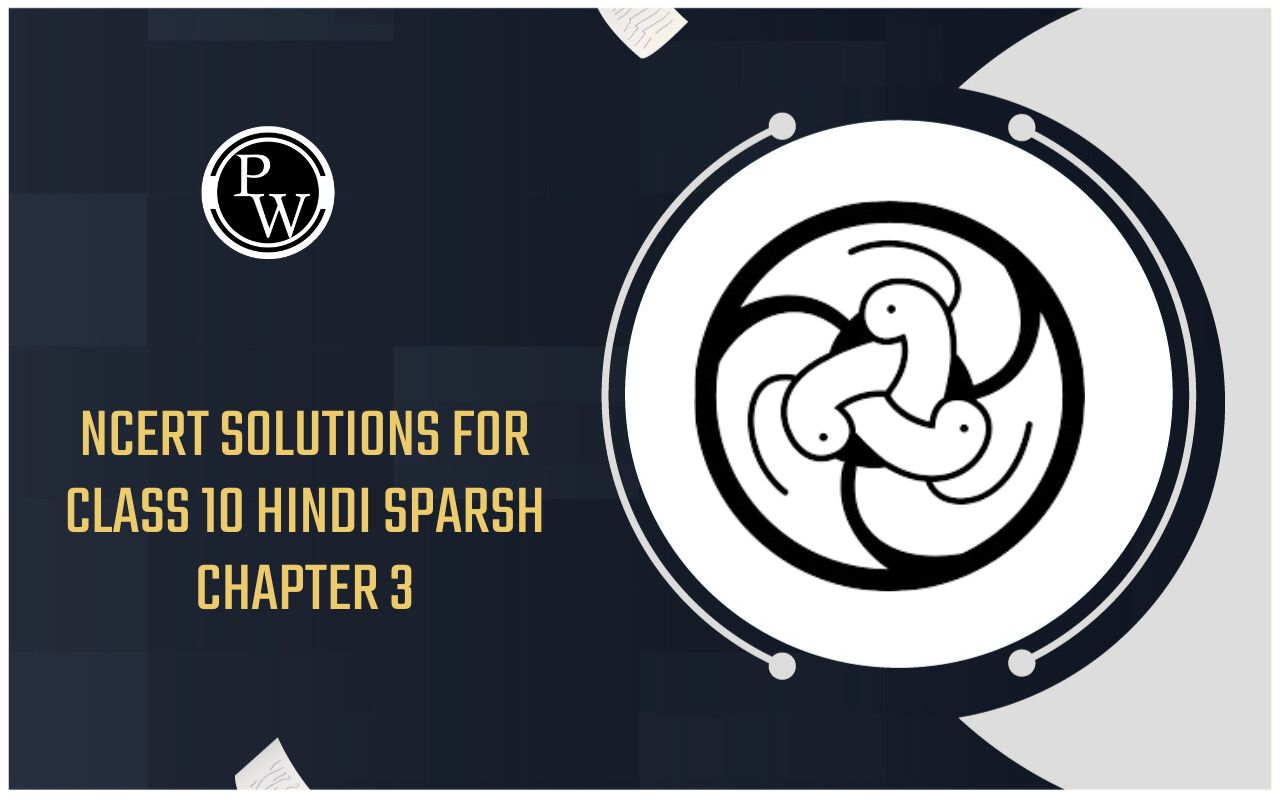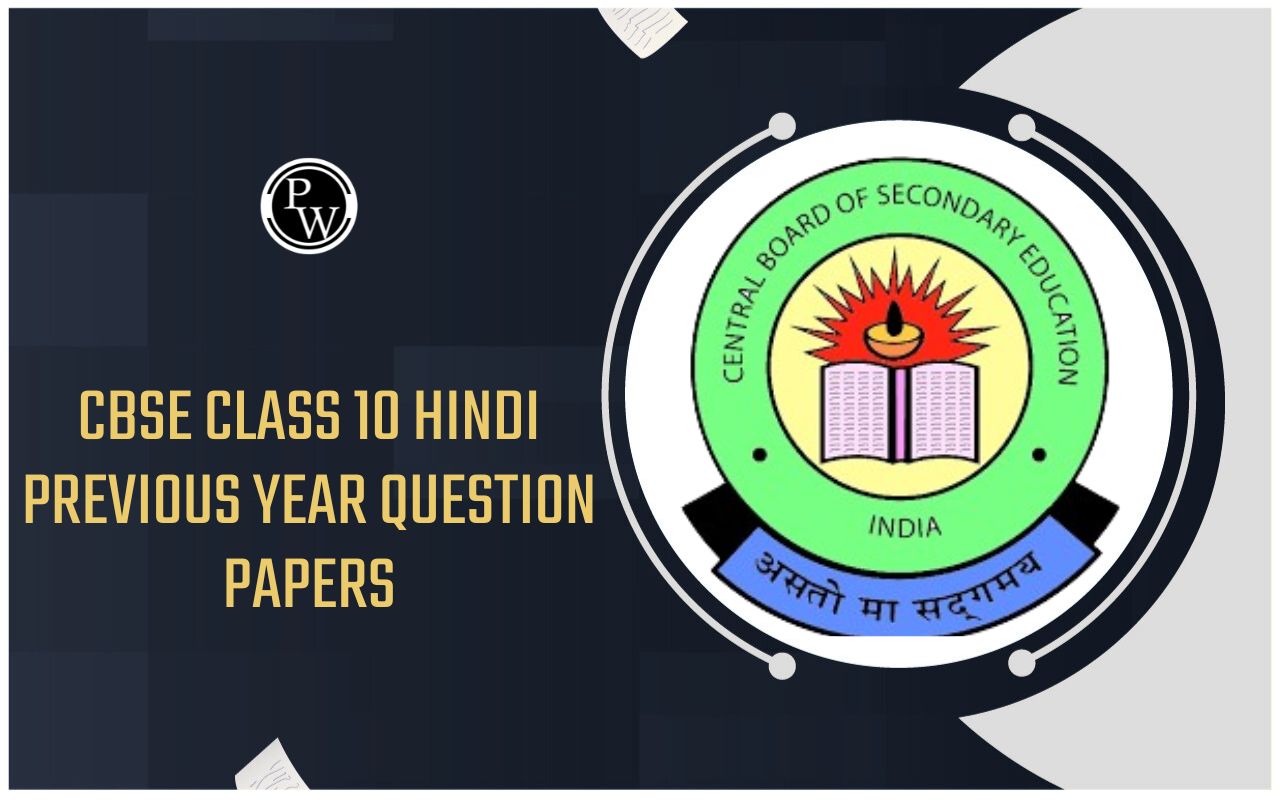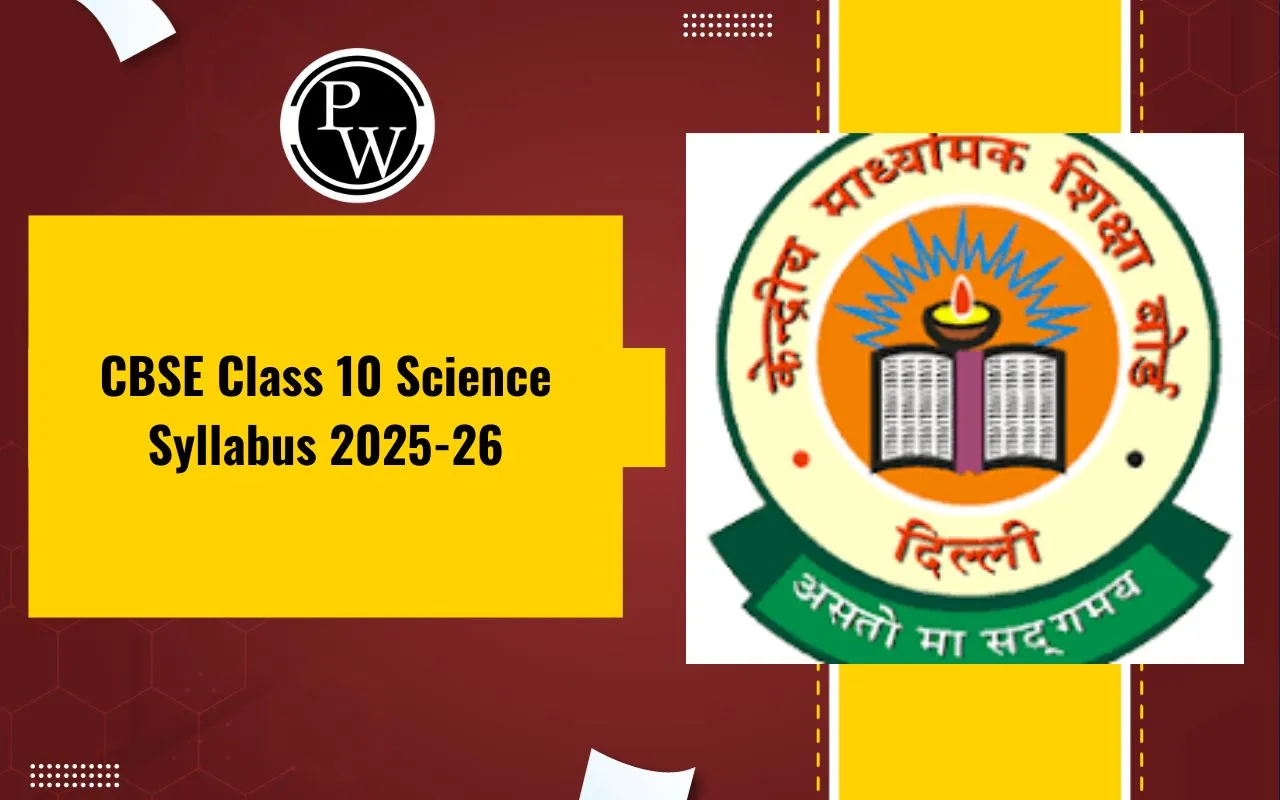
NCERT Solutions for Class 10 Social Science Geography Chapter 1: Students can use NCERT Solutions Class 10 Geography Chapter 1 Resources and Development as a valuable study tool to help them get ready for the CBSE exams.
Students will learn the answer writing style by reading through these solutions, which will help them receive higher exam scores. By including all the pertinent information, they will also comprehend how to write their responses.Experts in the field have prepared these NCERT Class 10 Solutions, which aid students in properly preparing for their Social Science exams.
NCERT Solutions for Class 10 Social Science Geography Chapter 1 Overview
NCERT Solutions for Resource and Development Class 10 Chapter 1 of Social Science Geography. "Resource": In this chapter students will learn thoroughly about resources.Anything in our surroundings that we can use to meet our requirements is referred to as a resource. It must be economically viable, culturally acceptable, and technologically accessible.
NCERT Solutions for Class 10 Social Science Geography Chapter 1 PDF
Our website provides a convenient way to download the NCERT Solution for Class 10 Social Science Contemporary India Resources and Development in PDF format.Any student may readily understand the straightforward language used in the NCERT Solution.You will therefore become more confident in your writing abilities and regularize your study according to the requirements of the exam by consulting this answer book. Get the expertly chosen NCERT Solutions for Class 10 Social Science Contemporary India from here.
Science students will also find the solutions chosen by our master teachers to be quite helpful if they are looking for Class 10 Science NCERT Solutions.
NCERT Solutions for Class 10 Social Science Geography Chapter 1 PDF
NCERT Solutions for Class 10 Social Science Geography Chapter 1
1. Multiple choice questions.
(i) Which one of the following types of resource is iron ore?
(a) Renewable
(b) Biotic
(c) Flow
(d) Non-renewable
Answer: Non-renewable
(ii) Under which of the following type of resources can tidal energy not be put?
(a) Replenishable
(b) Human-made
(c) Abiotic
(d) Non-recyclable
Answer:
Replenishable(a) Intensive cultivation
(b) Deforestation
(c) Over-irrigation
(d) Overgrazing
Answer:
Over-irrigation(iv) In which one of the following states is terrace cultivation practised?
(a) Punjab
(b) Plains of Uttar Pradesh
(c) Haryana
(d) Uttarakhand
Answer:
Uttarakhand(v) In which of the following states is black soil predominantly found?
(a) Jammu and Kashmir
(b) Maharashtra
(c) Rajasthan
(d) Jharkhand
Answer:
Maharashtra2. Answer the following questions in about 30 words .
(i) Name three states having black soil and the crop which is mainly grown in it.
Answer:
3 states are- Maharashtra
- Gujarat
- Madhya Pradesh
Answer:
Alluvial soil is the kind of soil that is found in river deltas. Because of its high fertility, it is suitable for crop cultivation. It is made up of different amounts of clay, silt, and sand. Alluvial soil is rich in phosphoric acid, lime, and potash, all of which are beneficial to the growth of sugarcane and paddy.(iii) What steps can be taken to control soil erosion in hilly areas?
Answer:
The primary methods that are applicable are listed below. Ploughs with contours cultivating terraces Grass is permitted to grow in strips between the crops. Strip cropping is the term for this technique.(iv) What are the biotic and abiotic resources? Give some examples.
Answer:
Biotic resource
These are materials derived from the biosphere. These materials are living Plants, animals, fish, people, cattle, etc. are a few examples.An abiotic source
These resources are made up of dead things. Water, minerals, metals, wind, solar energy, etc. are a few examples.3. Answer the following questions in about 120 words.
(i) Explain the land use pattern in India and why has the land under forest not increased much since 1960-61.
Answer: The physical characteristics of topography, climate, and soil types, as well as the human elements of population density, technological prowess, culture, and customs, all influence how land is used.
States differ significantly in their net sown area patterns. In Punjab and Haryana, it makes up more than 80% of the entire area, while in Arunachal Pradesh, Mizoram, Manipur, and the Andaman Nicobar Islands, it makes up less than 10%. As stated in the National Forest Policy (1952), the country's forest area is much less than the targeted 33% of its total land area. It was thought to be crucial for preserving the ecological equilibrium. Wasteland is a term used to describe a portion of the land used for purposes other than agriculture, such as roads, railroads, industries, and communities. It contains desert, rocky, and arid regions. Land degradation is the result of long-term, continuous exploitation of a resource without the necessary conservation and management actions.(ii) How has technical and economic development led to more consumption of resources?
Answer:
This is due to a number of factors. Extensive manufacturing resulted in excessive resource usage. The development of technology increased resource exploitation. Increased access to health and medical resources resulted in massive resource use.Benefits of NCERT Solutions for Class 10 Social Science Geography Chapter 1
One of the fundamental subjects that demands for a well-reasoned interpretation together with accurate comprehension and analysis to test your knowledge is social science. Class 10 students are extremely competitive and under constant pressure to perform well on their final examinations as the results will determine their course of study moving forward. In addition to textbooks, students also need solution books, which will save them time while also assisting them in answering the questions. The seven extremely large subtopics in Class 10 Social Science Contemporary India Ch 1 NCERT Solutions require careful attention to acquire, comprehend, and retain for exams.NCERT Solutions for Class 10 Social Science Geography Chapter 1 FAQs
What is the 1st chapter of Geography class 10?
How can I get full marks in Geography class 10?
Is Geography class 10 easy?

